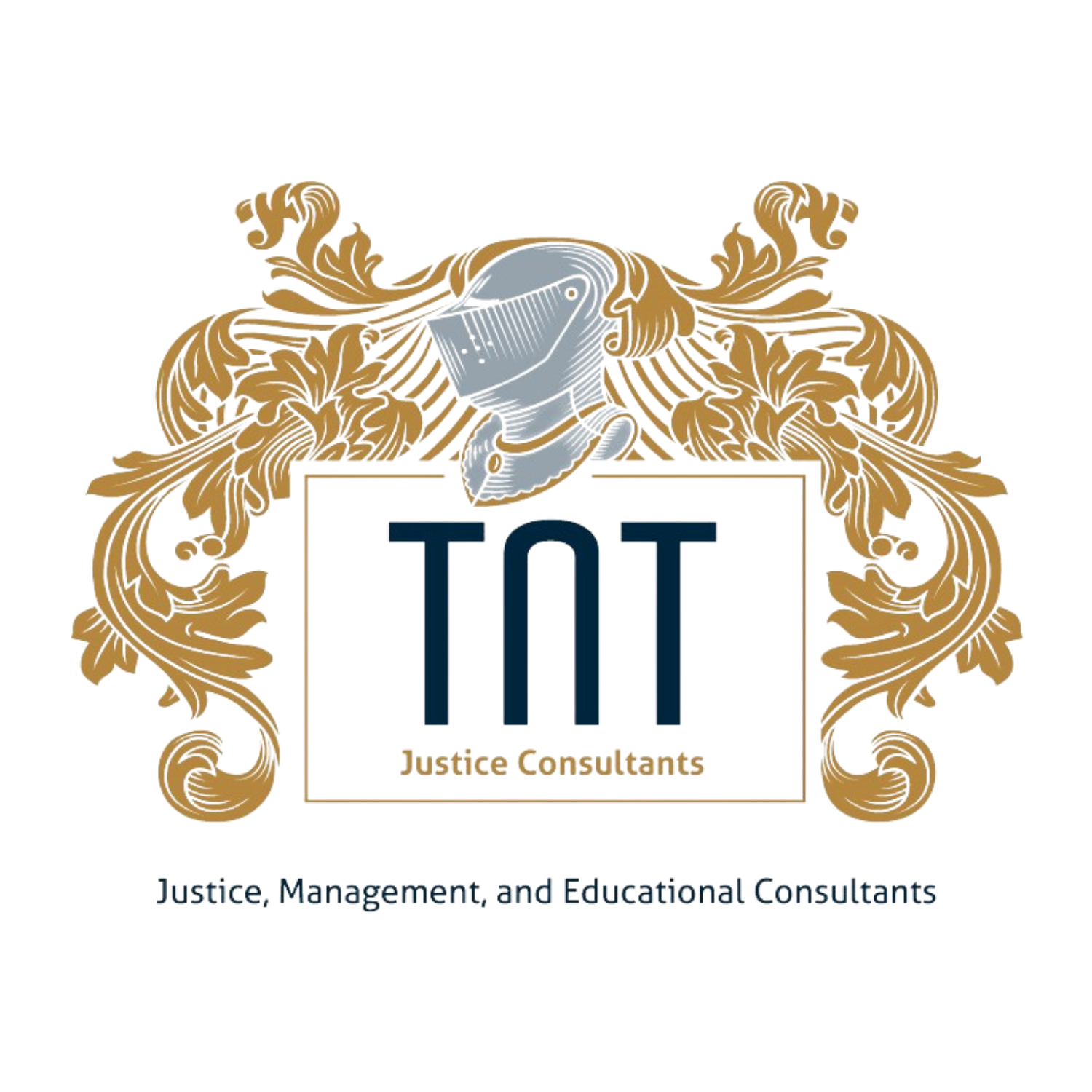Services
Implicit Bias Testing
What does “Implicit Bias” mean and how does testing for these biases make a difference within organizations?
Our Experts Use Evidence-Based Practices to Help you Achieve your Goals
TNT Justice Consultants are a group of notable professionals that come from an array of Justice, Social, Community and Educational backgrounds to support and improve workplace excellence.
Our Experts use real strategies that work
What makes us unique?
Exclusive North American Distributors of the Implicit Bias Test Used for Organizational Development
We Are Comprised of Subject Matter Experts in Several Industries
Provincial Pre-Certification Test Administrators in Government Screening
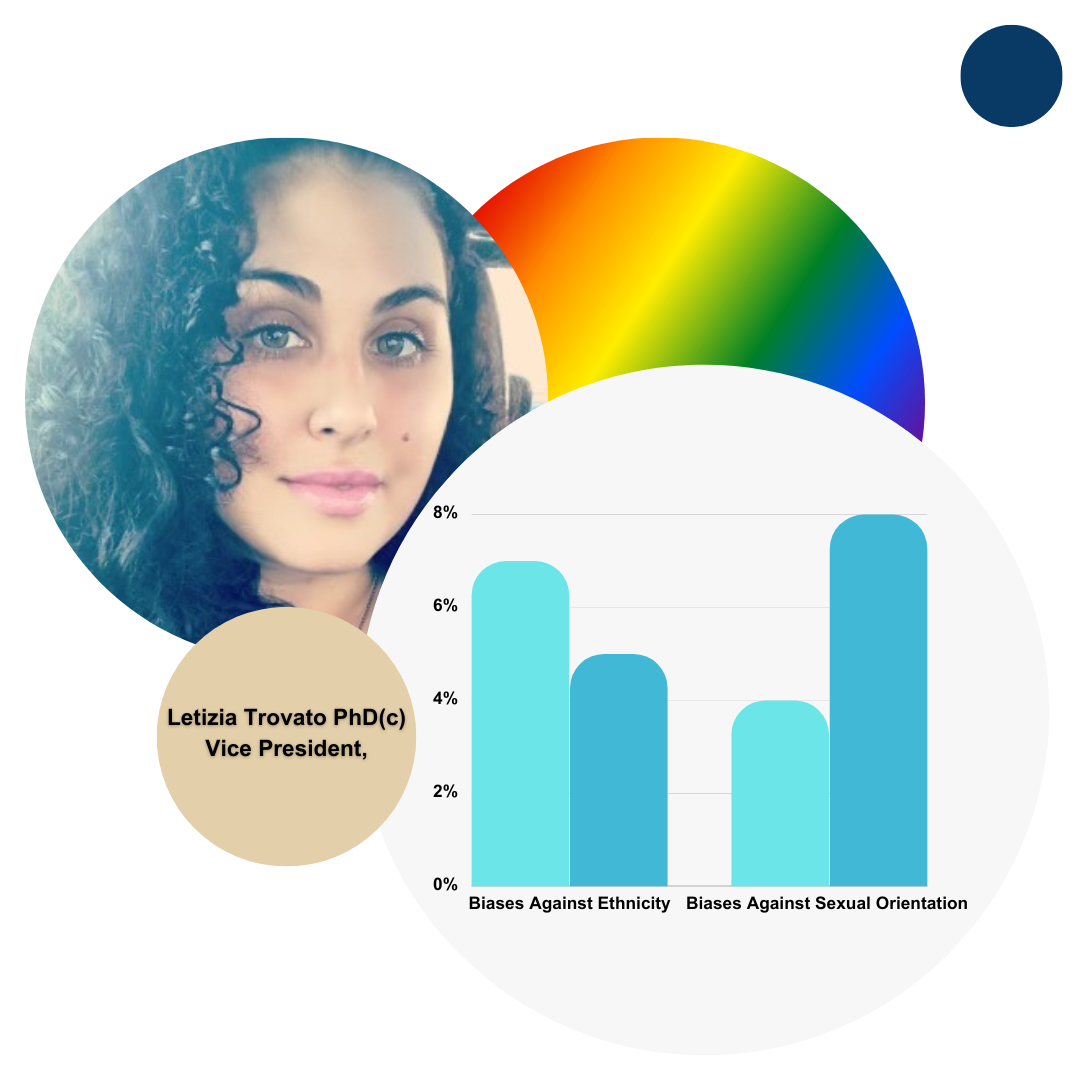
What is an Implicit Bias
Unconscious biases are simply our unintentional people preferences. Social psychologists and neuroscientists tell us that our unconscious mind automatically, rapidly, intuitively and effortlessly categorize people without knowing it. This happens because our brain creates mental shortcuts (based on things we see in the media and our personal experieneces) so we don’t have to use the limited resources of the brain to make decisions. In a modern and increasingly complex business world these shortcuts help us get through our day but often they lead us to make intuitive but error prone decisions about people.
What is the Implicit Bias Test
The Implicit Bias Test is a virtual assessment process where staff members can spend 5 minutes of their time learning about their implicit biases. Many of our biases can negatively impact how we treat people and can impact how decisions are made in a working environment.
How Does implicit bias testing support your edi strategy?
What Makes TNT Unique?
Every individual that participates in the Implicit Bias Test through TNT will receive two customized packages emailed to them directly and privately. These packages further a person’s understand regarding their personal implicit bias’s and also receive information on the top research-led tips to mitigate bias.
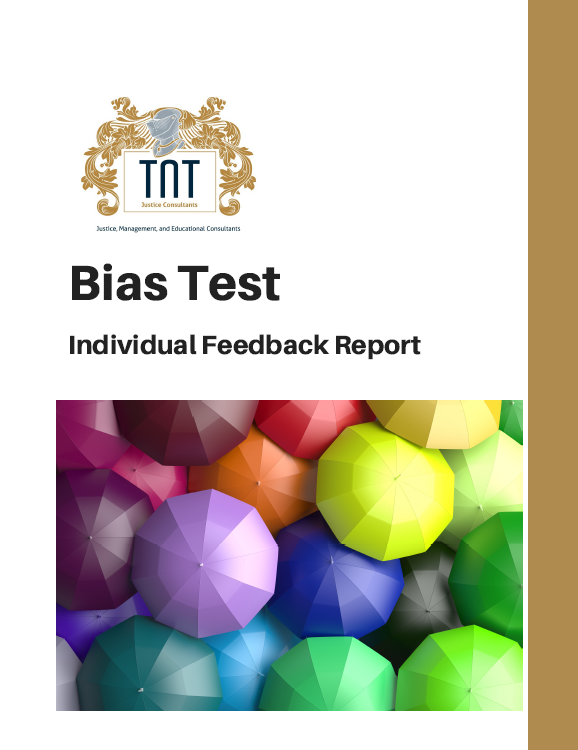
The first package a test-taker receives is an individualized feedback report. This report (which is in private) contains the bias scores they received during testing
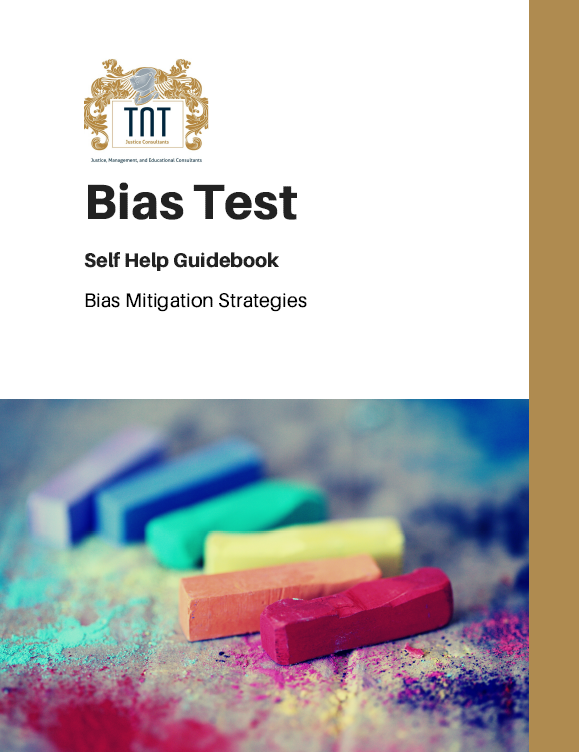
The second package a test-taker receives is a self-reflection guidebook. This document provides support, guidance and shares the top research-led tips a person can take to reduce bias

Download our Implicit Bias Package for More Information on Testing and Training!
The Opportunity To Be Better
Implicit bias testing provides for ‘Innovation Through Introspection.’ For most of us, implicit biases are within us by default. One advantage of using TNT’s bias test is that it normalizes the idea of implicit biases, removing the typical sensitivity and emotions associated with identifying our own biases. There are no inferences made that most people are either broken and, or in need of repair. Rather, we all have biases and are all capable of identifying and implementing mitigation strategies.
Implicit bias testing, when paired with feedback and advice, supports individuals in taking personal responsibility for their own biases. This negates a common criticism of unconscious bias training, that awareness of biases might actually reduce an individual’s motivation to control these biases, feeling they’re outside of their own control.
With human interactions occurring at a rapid pace and on a global scale, the concept of “ethnicity” has become controversial, as well as politically and socially sensitive. Some historians argue that the perversion of ethnicity was first evidenced by the Romans as they unpleasantly described and denigrated the Germanic Tribes, whom they had conquered.
Today, our bias tests aim to help individuals identify their own specific biases and to demonstrate difficulties resulting from those biases. To that end, our bias assessment can provide justice sector practitioners and leaders with awareness to inform focused and customized training initiatives to mitigate against biases. Biases are part of learned behaviours and as such, can be unlearned.
Word Associations
Our bias test asks test-takers to sort images or words as directed on their computer screen. When this sorting runs contrary to implicitly held beliefs, it causes a brief mental conflict resulting in a hesitation that can actually be measured in microseconds. The tests can be customized to meet the needs of the organization (i.e. sorting images and words within categories of: age (old or young); Black/White; gender (male or female); body image (slim or overweight), disability (disabled or non-Disabled); sexual orientation (gay or heterosexual), Muslim or non-Muslim, and Nationalities.
Image Classification
Our bias test includes two sets of 15 photographs per group (30 in total) and two sets of 15 words (15 ‘good’ words and 15 ‘bad’ words), which are normally those related to the stereotypes being interrogated. If the group being examined cannot be represented in photographs because they are not visibly different enough (i.e. between French and British people) a word representation of the group can be considered. Common family names are the most frequently used word stimuli.
Measureable Scoring
Our bias test scores are well-researched and linked to real-world behaviours. Higher scores are indicative of a tendency to pre-judge people. The highest scores (i.e. seen in approximately 5 per cent of the population) are indicative of situations in which pre-judgments may impact our daily behaviour, and potentially further compounded by positional or societal power.
What we provide
We provide the following supports as part of our Implicit Bias Testing package
A reliable metric that can determine levels (i.e. low, medium, high) of bias in test-takers toward groups and other individuals, with a link to real world behavior.
Improve on the limited traditional methods of training that rely solely on outmoded diversity theories without measurable outcomes. Our Bias Test which is an empirically validated tool exposes root issues pertaining to bias as it relates to measurable outcomes of what individuals are feeling and experiencing toward others.
Rapid and reliable online testing platform.
Encrypted data and storage guarantee that ownership of results is held only by test takers.
A highly skilled customer service team available 24/7 for client and test-taker inquiries and trouble-shooting.
Organizational guidance, with collective results based on aggregate scores, to support training and development efforts.
What kind of bias tests are offered?
The suite of Implicit Bias Testing offers 120+ different core versions that can examine levels of bias including:
Ethnic Origin
i.e. Black/white, Asian/South East Asian, Black/white leadership, Black/white police, white/Black male police stop and search, young White-Black women, etc.
Age
i.e. older/younger, youth crime
Disability
i.e. disabled/non-disabled, symbols versus conceptualized images representing unrestricted movement
Gender
i.e. common stereotypes around competence, reliability, gender hostility, gender leadership, gender pay gap, gender police leadership, sexual orientation, gender career, gender-with and without children
Sexual Orientation
i.e. gay/straight, same sex/heterosexual couples
Religion/Faith
i.e. Muslim/non-Muslim, Hindu/non-Hindu, Christian/non-Christian, Christian/Muslim, Jewish/Muslim, Jewish/Arabic, Muslim/Sikh, Muslim women with headscarves/dress, etc.
Appearances
i.e. body weight, body shape, beards, tattoos/no tattoos, etc.
Nationality
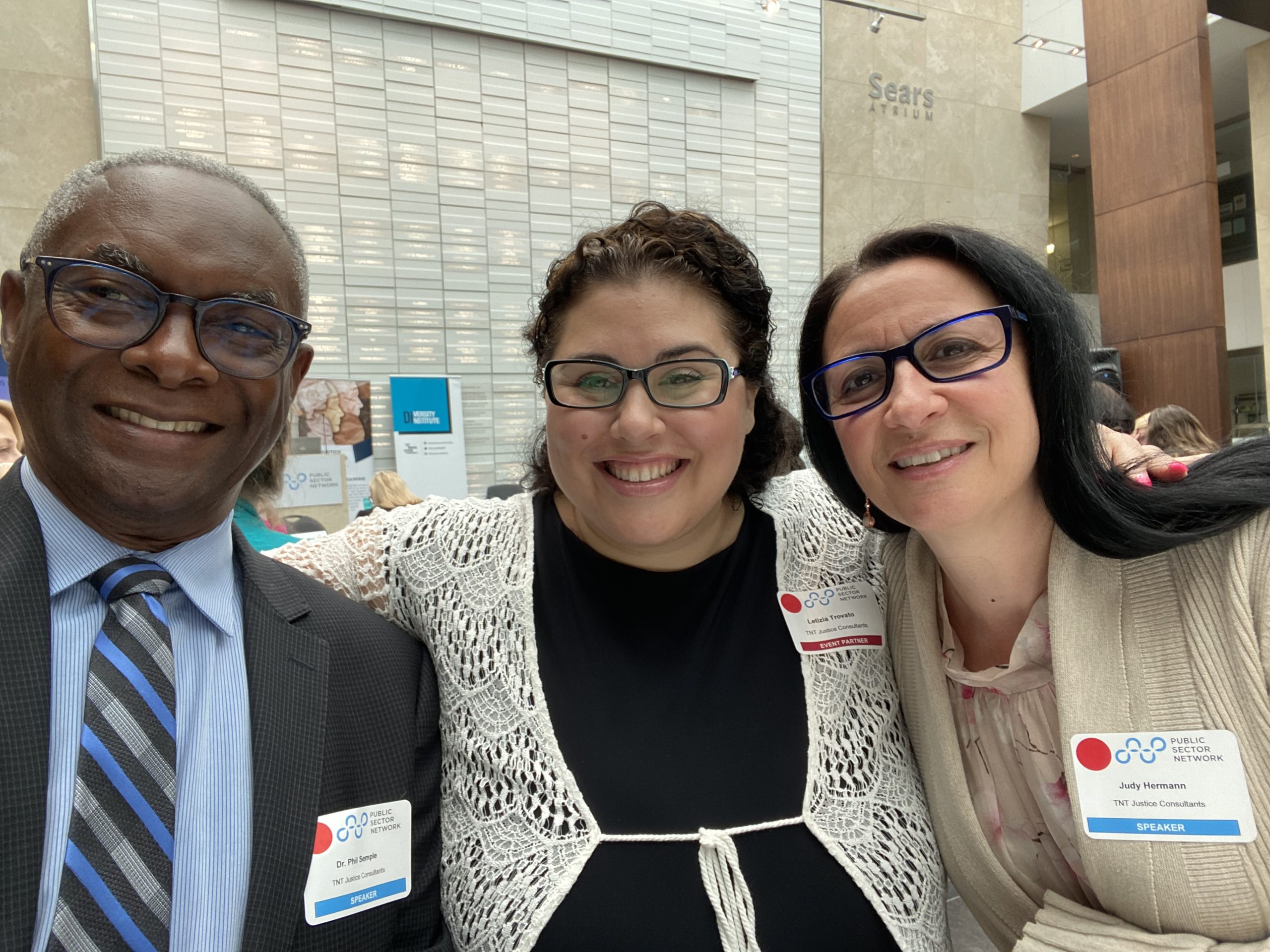
TNT has successfully delivered implicit bias testing to many organizations, in the public and private sector. Read below how our online tool is supporting the Ontario government.
Implicit Bias Testing in the Public Service: A TNT Success Story
The Ontario government’s anti-racism strategic plan commits to taking “proactive steps to fight and prevent systemic racism in government decision-making, programs and services” (Government of Ontario, 2020). In response a number of events, including the tragic murder of George Floyd, the Ministry of Children, Community and Social Services (MCCSS) took steps in 2020 to ensure that anti-racism was embedded in the course content of their Rotman led executive development program.
Understanding that systemic racism in decision-making is driven by individual bias, the two MCCSS Assistant Deputy Ministers (ADMs) who had lead for anti-racism, in collaboration with TNT Justice Consulting Services, introduced bias testing to a cohort of 30 executives. The implicit bias test was utilized by these executives to assess the level of their own individual biases and to provide an opportunity to engage in learning about effective personal bias mitigation strategies.
The utilization of the bias test and the subsequent anti-bias coaching component were well-received by the MCCSS executives. In response, negotiations for bias testing and anti-bias coaching of 1,000 members of the Youth Justice Division were initiated in February 2021. In May 2021, it was decided that bias testing and anti-bias coaching would be expanded and provided to 3000 MCCSS staff in other divisions including Child Welfare, and the Family Responsibility Office.
Currently, as the exclusive North American administrators of these bias tests, TNT is preparing to support the Ontario Ministry of the Solicitor General, who has responsibility for policing and public safety, with their own implicit bias testing and anti-bias coaching.
Sources
Government of Ontario. (2020 March 20). Ontario’s anti-racism strategic plan. Ontario Public Service.
Retrieved from https://www.ontario.ca/page/ontarios-anti-racism-strategic-plan#section-0


